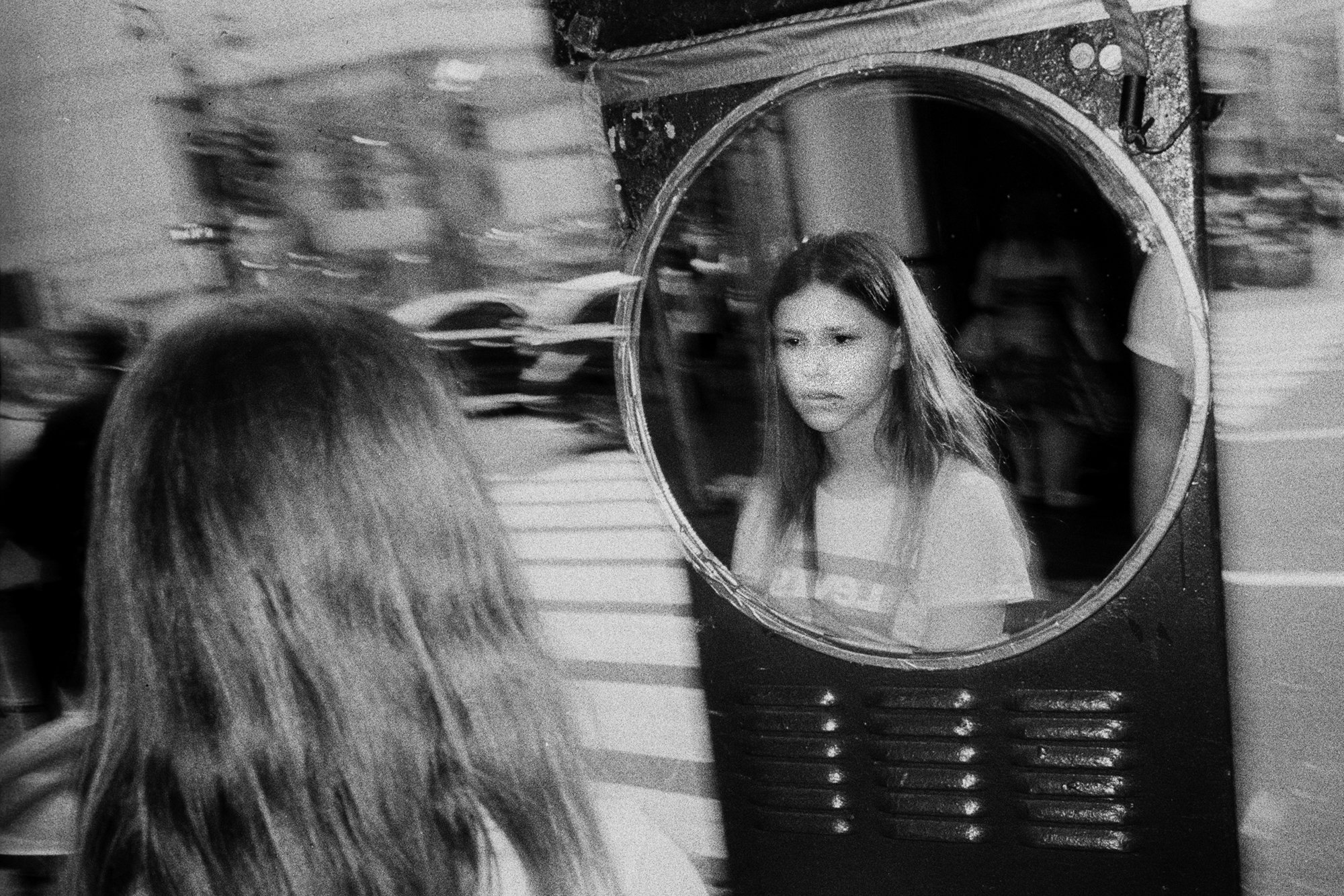From Our Archives: Matthew Stone: The Optimistic Rebel
© Matthew Stone, Courtesy of The Hole NYC.
This interview was originally featured in No. 5 - Fashion Vol. 1
Andrea Blanch: When did you know that you wanted to study art?
Matthew Stone: I grew up in a household where it was certainly acceptable to be interested in art. You know, my dad went to Saint Martins to study fine art. My mum is one of six [chil- dren], and I think four of them studied art . . . So it wasn’t a wild idea, studying art. I always knew that I wanted to do something creative. I started off by studying graphic design at Camberwell. [Later on], I switched from graphics to painting. . . I suppose that was the point where I decided to become an artist in an ‘art world’ sense.
AB: You said anything can be art. You called it the ‘Beuysian trajectory’.
MS: Yes, Joseph Beuys, the German artist who said everybody is an artist.
© Matthew Stone, Courtesy of The Hole NYC. First published in the Summer 2011 issue of i-D Magazine, New York, NY.
AB: How does one critique art if you make it that broad?
MS: Whether or not things are ‘good’ is a subjective point, anyway. . . I think criticism is something that happens within an academic trajectory . . . art [criticism] is different because it often occurs within a specific academic and historical conversation. So, I just see it as a different conversation. Like how fashion or design has its own con- versation, but those things definitely cross over at some point.
AB: You said a ‘tilt of a hat’ is its own conversation. Who is it talking to?
MS: Well, arguably, that’s a question that we can level straight back at art [laughs]. I just think it’s a bit silly to say if there is a conversation happening in one room, and other people outside the room can’t hear it, then that must be the most important conversation going in the world. It’s like — I went to a Vogue Ball when I was here (Ed.: Gay ballroom culture, as depicted in the movie Paris is Burning). . . So I’ve been visiting the balls, watching people dance and there was so much energy and dedication, you know, self-improvement and development. There’s a community of people supporting each other and . . . people are trying to take things further than they have done before. It seems insane not to recognize that has the same type of intensity and layered nuance as any other sort of creative field.
AB: When you’re doing personal artwork, do you differentiate the creative process — the visceral feeling and commitment — from the work you do for fashion?
Courtesy of The Hole, Photography: Matthew Stone, first published in the October 2011 issue of Dazed & Confused, London, England.
MS: For a long time, I refused to do anything for fashion. I didn’t like the idea of my images becoming advertising and I didn’t like the idea of potentially having to compromise creatively. Then, I was challenged on the fact that I didn’t do fashion photography. My ex-boyfriend said, “If you keep saying everything is art, why won’t you shoot fashion?” And I was like, “No, no, it’s different, it’s an anti-capitalist thing!” And he just said, “I just think you’re scared of people thinking that it’s not serious to do fashion photography.” I think that hit a nerve, and I was just like, “Okay, let’s do it!”
AB: I look at art photographs and then I’ll look at fashion magazines. Visually, they look very much alike. I feel like there’s a huge snub against fashion photographers. The art world doesn’t accept them because they make work for clients.
MS: Sure. I mean, the church was an early client. . . But, realistically, fashion editorial isn’t commercial work. The magazines I’ve worked for have a history of experimental work. In a sense, I’ve only been able to step into those contexts because people perceive me as somebody who has said no [to fashion photography] for a very long time.
AB: The greatest luxury any artist can be given is time.
MS: I don’t think it’s always necessarily an advantage because, actually, the pace of things has energized my work and made me a lot more fearless. . . I just think it’s more important to be honest than to worry about people’s perceptions.
© Matthew Stone, Courtesy of The Hole NYC, first published in the October 2011 issue of Dazed & Confused, London, England.
To view the full interview, visit Issue No. 5 - Fashion Vol. 1











